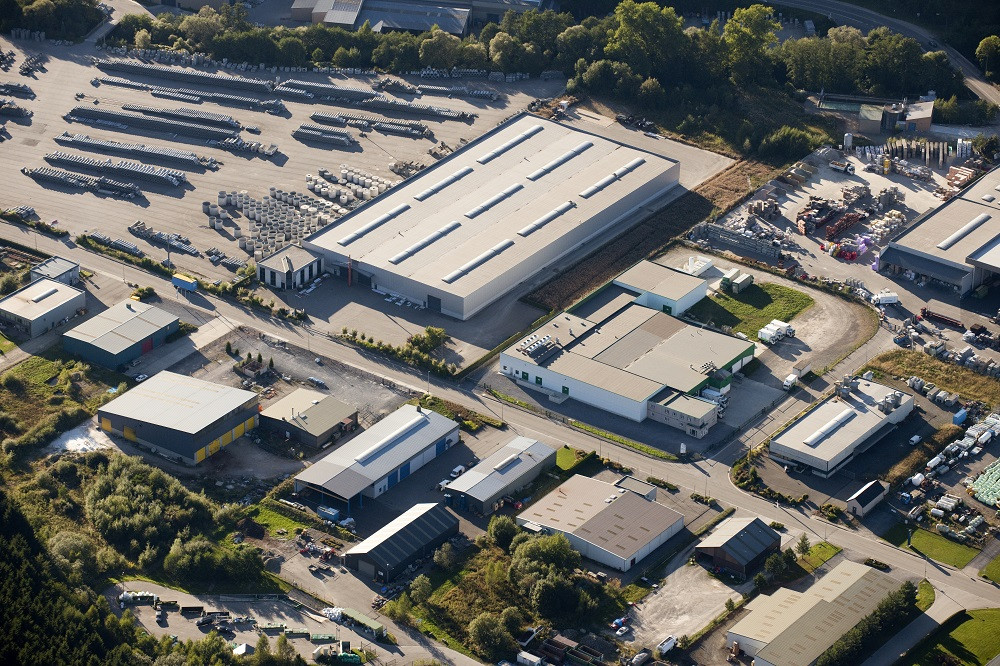Aerial view of an industrial zone. (Shutterstock/Aeraw) The industrial sector has been a key driver of the growth in Indonesia energy demand. The largest industry sub-sectors in Indonesia contributing to total energy consumption are machinery and transportation equipment, followed by food, beverages and tobacco.
According to the Energy and Mineral Resources Ministry’s energy outlook for 2019, the manufacturing and transportation sectors are increasing at an average annual growth rate of 5 percent and projected to account for 42 percent of total energy consumption by 2050, mainly dominated by coal, gas and oil.
Given the incremental energy demand, the implementation of energy efficiency (EE) measures is crucial to address the energy challenge and may even cut costs for building new power plants. According to the 5th ASEAN Centre for Energy (ACE) energy outlook, in the absence of enhanced EE, between 2015 and 2040, total primary energy supply (TPES) will more than double in Indonesia. Against the background of the energy demand challenge, more EE policies and technology should be adopted to extract the energy-saving potential.
Although the utilization of EE technologies in the industrial sector can provide a huge benefit to both the greenhouse gas emissions-reduction target and EE target of Indonesia, the deployment of high EE potential technologies in Indonesia’s industry is hindered by several factors, with missing upfront financial support as the leading one. Also, in many cases, information, awareness and regulatory barriers are continuing to prevent enterprises from fully realizing the potential opportunities offered by improving EE in industry.
An ACE consultation with technology providers in 2020 showed that most EE innovations in industry are still self-funded, and the COVID-19 epidemic has dramatically reduced investment. Besides, in several cases, technology providers offer project finance solutions as a strategy to gain industry approval to carry out EE projects, including supplier credit and project management models. However, energy-saving technology providers often find that industry managers and policymakers are not yet aware of EE opportunities that prevent the realization of EE projects.
Tracking the potential of EE measures to be improved is also critical. An investment-grade audit is a detailed account of energy use and the associated analysis of costs and savings related to an EE project. Emerging best practices in Indonesia suggest that this audit also includes financial strategy, which is calculated based on capital expenditure and future cost-saving. In all EE projects, a detailed account of energy use both before and after the […]
